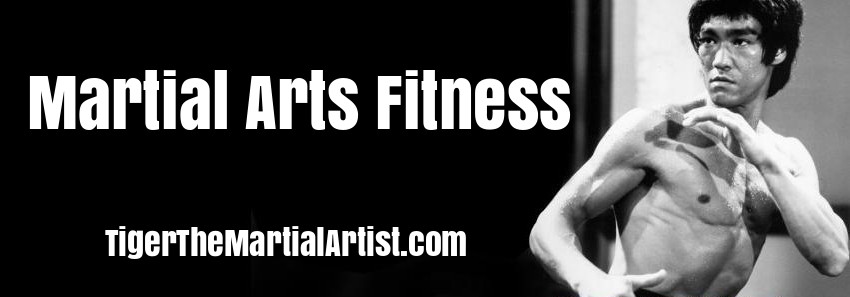Click Here To Subscribe To Your FREE Martial Arts Fitness Magazine
Learn Bruce Lee's Secrets
Click Here Now!By: Adrian Adams The Story of the
Ultimate Fighting ChampionshipYou may have heard of it before - the octagon. It's the place where warriors meet to battle each other into submission by knocking the opponent unconscious or forcing him to give up by imposing explosive pain on his body. It is the Ultimate Fighting Championship.
The UFC is a mixed-martial arts organization that pits 2 opponents against each other, each using different styles of fighting. It was created to answer that age-old question: who is the better fighter, the boxer or the wrestler? It started as a sideshow and has since turned into a multi-million dollar sanctioned organization that grows in popularity year after year.
UFC - The Beginning
In the beginning it was just a tournament, the brainchild of Art Davie, a creative advertising executive who witnessed the energy-bursting excitement while watching a mixed-martial arts (or MMA) fight. He thought it had all the right ingredients that people find in hockey, boxing or karate. MMA, he thought, was the next level, a mixture of everything. He brought on board a Brazilian legend in MMA technique training, Rorion Gracie and a screenwriter, John Milius, who became the creative director. They brought in 27 investors and the Ultimate Fighting Championship was born.
Still in it infancy, the UFC had limited rules: no biting and no eye gouging. The result was mayhem. 400lb fighters fought 100lb fighters. Blood sprayed the octagon red like no other event had ever dared to allow. It did not go over well with the mainstream and the UFC quickly became an underground fighting spectacle. Some advocated against the existence of such extreme barbarism, including Senator John McCain of Arizona. It was a downward spiral that ended with the UFC being dropped by cable distributors and individual cable providers. The audience was reduced to almost nothing and the UFC itself was forced to submit.
UFC - The Comeback
The UFC was on the verge of its demise with no rules, no audience, no cable access and U.S. Senators calling for its break-up. It was time to step back and re-evaluate the situation. People are interested in the idea of MMA, but not in seeing the type of fight that has 2 fighters fighting in pools of their own blood. The first step was to add protective rules. Weight classes were introduced - heavy weights, middleweights and lightweights. The number of unacceptable striking areas on the body were increased to include the back of the neck, pressure points areas and the back of the head. Protective gloves were mandatory and there were now 5-minute rounds, all of which helped the UFC legitimately begin calling itself a sport, rather than an underground cage fight.
After the organization cleaned up the fights, it was time to start getting officially recognized by fighting associations. The improved image played well with the athletic commissions, as did the petitions for sanctioning made by other clean MMA organizations. It wasn't until September 30th of 2000 that the International Fighting Championships hosted the first MMA sanctioned event in New Jersey. 2 months later it was the UFC's turn. Their first sanctioned event also took place in New Jersey under the State Athletic Control Board's Unified Rules. The Ultimate Fighting Championships had lost legal battles and suffered financially, but now it was a legitimate sport.
The time seemed right for new leadership. Two casino executives and a boxing promoter placed and won a bid to buy the UFC for $2 million in 2001. That same year, the organization successfully secured the sanctioning of the Nevada State Athletic Commission and returned to Pay-per-view. Slowly but surely, popularity was growing. It gained a spot on Fox Sports Net, which aired it as the first American mixed martial arts match in 2002.
Today.
Thanks to better promoting, bigger ticket events and the necessary funding, the UFC aired its own reality TV show on Spike TV called The Ultimate Fighter. It was slotted just after a large wrestling event and the UFC show quickly rose to the top for the station. Spike TV then began airing promotional half-hour teaser shows to promote UFC pay-per-view events. All of the widespread attention exploded its popularity. In 2006, the massively hyped event UFC 61 earned near 775,000 pay-per-view buys, the second highest in US history. The UFC, it seems, has officially arrived.
So what's next for the growing organization? They're thinking about expanding internationally. First stop: Mexico.
About the Author: Try our Fantasy MMA (Mixed Martial Arts) game at http://www.mmaplayground.com/
Click Here To Subscribe To Your FREE Martial Arts Fitness Magazine
Home | Articles | Exercise | Workouts | Nutrition | Links

